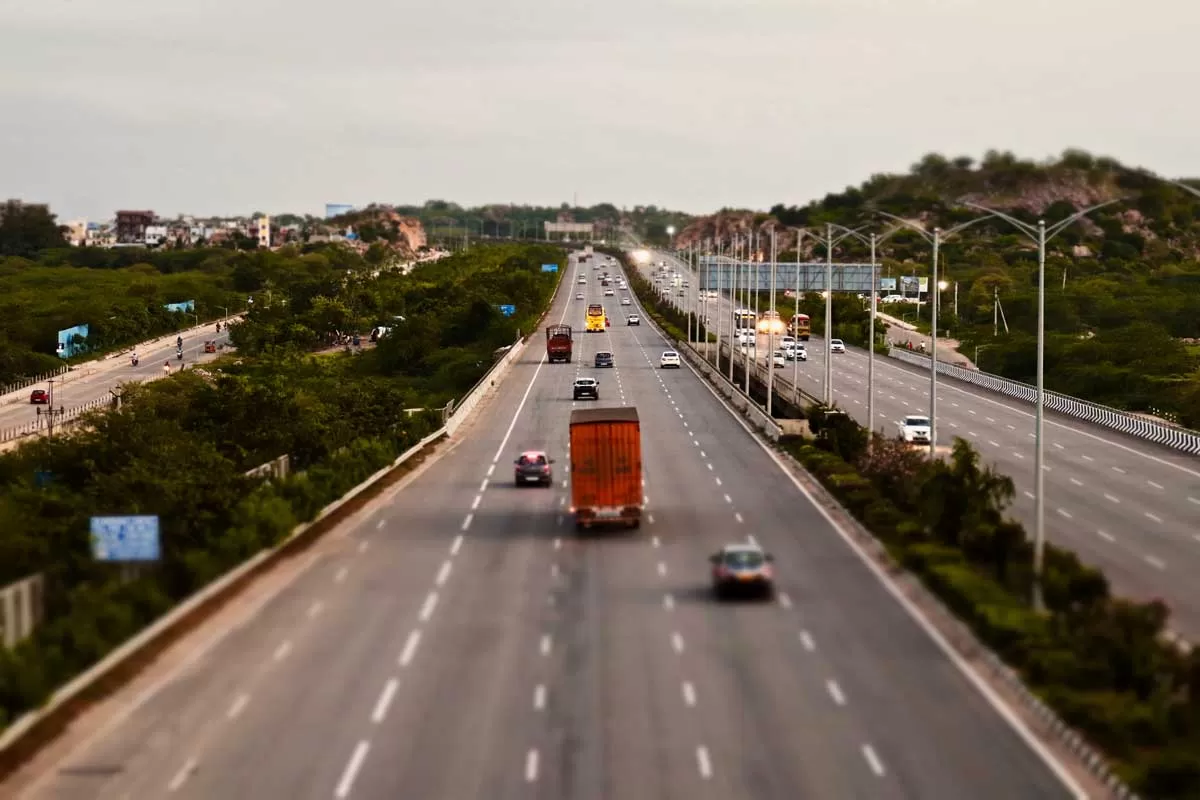The Outer Ring Road will span across the districts of Lucknow, Barabanki, Unnao, Hardoi, Sitapur, and Rae Bareli, all of which are critical to the state’s logistics and trade networks. The initiative is being praised for its potential to reduce chronic congestion in city centres by creating fast-moving corridors for industrial transit and long-distance travel. A senior planning official explained that the project represents more than just a transportation solution—it is a comprehensive realignment of urban development. By diverting heavy and commercial vehicles from city roads, the project aims to reduce vehicular emissions and noise pollution, aligning with the state’s sustainability goals. Additionally, it is expected to decentralize urbanisation by encouraging infrastructure development outside of Lucknow’s already saturated core.
The establishment of an executive committee and the fast-tracking of the survey highlight the administration’s urgency in creating an eco-efficient, regionally cohesive development framework. While the final road length and detailed design will depend on the survey results, preliminary estimates suggest a significant expansion of LDA’s jurisdiction, positioning it as a key player in regional planning, similar to its NCR counterparts. Discussions are currently underway to involve central agencies for technical approvals and financial support, potentially making the project one of India’s leading urban mobility initiatives. By integrating sustainability into its core—through improved routing, efficient land use, and decongestion—the project addresses both commuter convenience and larger environmental concerns.
Officials emphasized that the Outer Ring Road is part of a broader vision to develop cities that are inclusive, climate-conscious, and economically vibrant. As the groundwork progresses, expectations are rising among stakeholders, especially local businesses and logistics firms, who see the project as a driver of regional economic growth. Although land acquisition remains a complex and sensitive process, planners are optimistic that community engagement and transparency will help minimise conflicts. This initiative marks a significant shift in how Uttar Pradesh plans its urban future, one that is data-driven, environmentally attuned, and spatially equitable.
News source: Urban Acres


